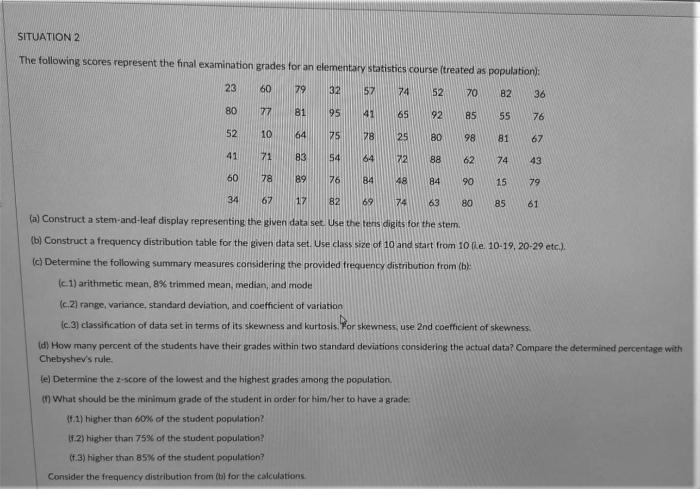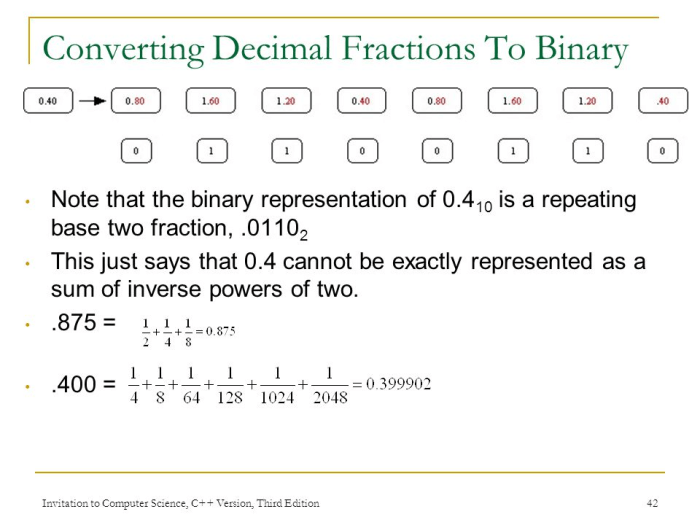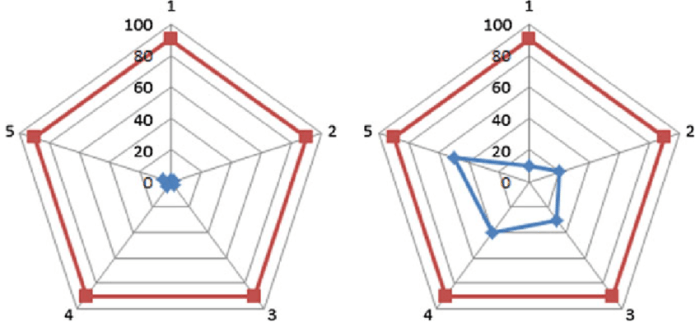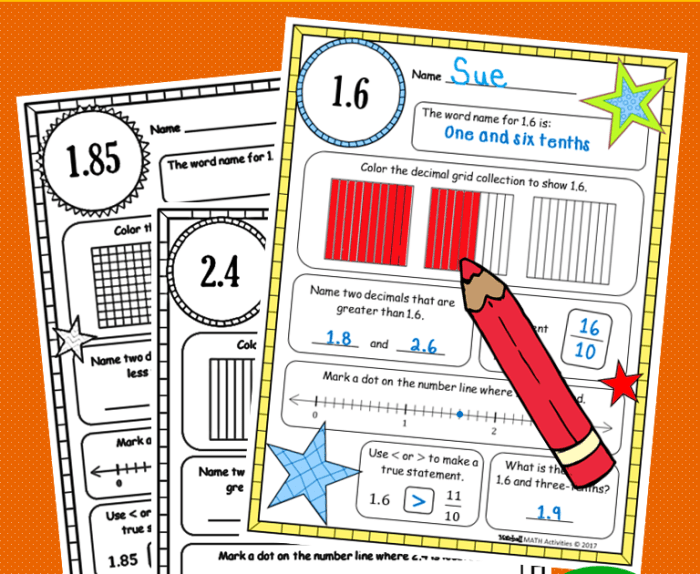What is 61/80 as a decimal – Curious about what 61/80 looks like as a decimal? Join us as we dive into the fascinating world of fractions and decimals, where we’ll uncover the secrets of this numerical transformation. From the basics of decimals to the step-by-step process of converting fractions, we’ll guide you through the journey of understanding what 61/80 truly represents in the decimal system.
So, buckle up and let’s embark on this mathematical adventure together!
Introduction

Decimals are a way of representing numbers using a base-10 system. Each digit in a decimal number represents a multiple of a power of 10. For example, the number 3.14 represents 3 ones, 1 tenth, and 4 hundredths.
The fraction given is 61/80. We can convert this fraction to a decimal by dividing the numerator by the denominator.
Converting 61/80 to a Decimal
To convert 61/80 to a decimal, we divide 61 by 80 using long division:
0.7625
80 ) 61.0000
560
----
5000
4800
----
2000
1600
----
400
400
----
0
Therefore, 61/80 as a decimal is 0.7625.
Conversion Methods

Converting fractions to decimals is a fundamental skill in mathematics. Two common methods for this conversion are the long division method and the decimal point shifting method. In this section, we will focus on the long division method.
Long Division Method
The long division method involves dividing the numerator by the denominator using the traditional long division algorithm. This method provides a step-by-step approach to obtain the decimal representation of the fraction.
Steps for Long Division
- Set up the long division problem with the numerator as the dividend and the denominator as the divisor.
- Divide the first digit of the dividend by the divisor to get the first digit of the quotient.
- Multiply the divisor by the first digit of the quotient and subtract the result from the dividend.
- Bring down the next digit of the dividend and repeat steps 2 and 3 until there are no more digits in the dividend.
- If there is a remainder after the last division, add a decimal point to the quotient and continue dividing until the remainder is zero or until the desired level of accuracy is reached.
Decimal Representation

The result of the long division process gives us the decimal representation of 61/80.
The decimal point is placed after the whole number part, which is 0 in this case. Each digit after the decimal point represents a fraction of 1/10, 1/100, 1/1000, and so on.
To put it simply, 61/80 as a decimal is 0.7625. But that’s not all! Did you know that Tina owns a car dealership ? She’s got a great selection of cars, and her prices are unbeatable. So if you’re in the market for a new car, be sure to check out Tina’s dealership.
But back to the original topic, 61/80 as a decimal is 0.7625, which is a pretty cool number.
Decimal Result
The decimal representation of 61/80 is 0.7625.
- The first digit after the decimal point, 7, represents 7/10.
- The second digit, 6, represents 6/100.
- The third digit, 2, represents 2/1000.
- The fourth digit, 5, represents 5/10000.
Percentage Equivalent

Converting a decimal to a percentage involves multiplying the decimal by 100. This process helps us express the decimal as a fraction of 100, making it easier to compare and understand the value.
Decimals and percentages are closely related. A decimal represents a fraction of 1, while a percentage represents a fraction of 100. To convert a decimal to a percentage, we simply multiply the decimal by 100, which shifts the decimal point two places to the right.
Converting 0.7625 to a Percentage
To convert the decimal representation 0.7625 to a percentage, we multiply it by 100:
7625 × 100 = 76.25%
Therefore, 0.7625 as a percentage is 76.25%.
Applications and Examples: What Is 61/80 As A Decimal

Converting 61/80 to a decimal finds applications in various fields, enabling accurate calculations and meaningful interpretations of data.
In finance, it facilitates precise calculations of interest rates, loan payments, and investment returns. In science and engineering, it enables precise measurements, data analysis, and calculations involving physical quantities and mathematical models.
Examples, What is 61/80 as a decimal
- Finance:Calculating the monthly interest payment on a loan of $10,000 with an annual interest rate of 5%. The monthly interest rate is 5% / 12 = 0.4167% = 0.004167 (61/80 as a decimal). Thus, the monthly interest payment is $10,000 – 0.004167 = $41.67.
- Science:Measuring the density of an object with a mass of 25 grams and a volume of 50 cubic centimeters. The density is mass/volume = 25 g / 50 cm³ = 0.5 g/cm³ (61/80 as a decimal). This value provides insights into the object’s composition and properties.
Q&A
What is a decimal?
A decimal is a way of representing numbers using a base-10 system, where each digit to the right of the decimal point represents a fraction of a power of ten.
How do I convert a fraction to a decimal?
To convert a fraction to a decimal, you can use long division or a calculator.
What is the percentage equivalent of a decimal?
To convert a decimal to a percentage, multiply it by 100 and add the percent sign.
